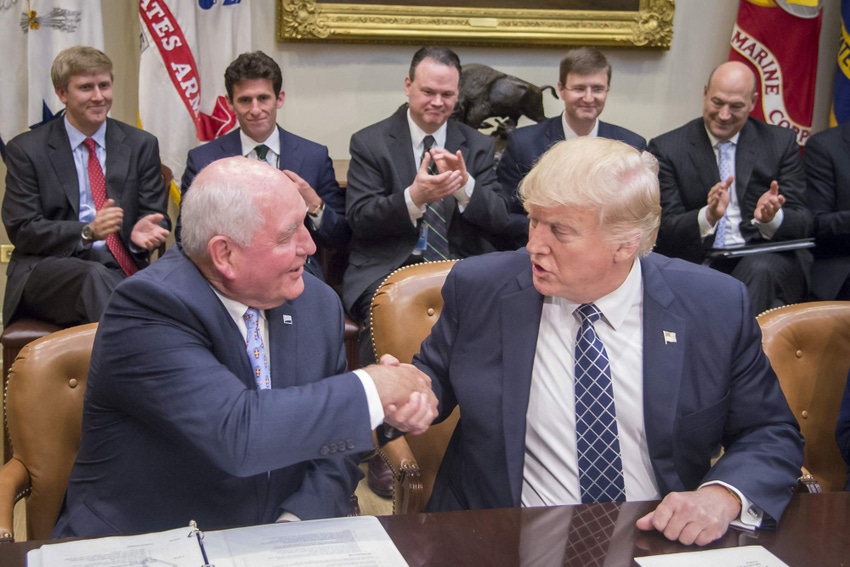January 31, 2019

USDA has awarded $200 million to 57 organizations through the Agricultural Trade Promotion Program to help U.S. farmers and ranchers identify and access new export markets. The ATP is one of three USDA programs created to mitigate the effects of trade retaliation against U.S. farmers and exporters.
USDA’s Foreign Agricultural Service accepted ATP applications between Sept. 4 and Nov. 2 – totaling nearly $600 million – from U.S. trade associations, cooperatives, and other industry-affiliated organizations.
President Trump authorized up to $12 billion in programs to provide assistance to U.S. agriculture through a trade mitigation package announced by Agriculture Secretary Sonny Perdue on Sept. 4, 2018. In addition to the $200 million allocated to the ATP, the package also included the Market Facilitation Program to provide payments to farmers harmed by retaliatory tariffs, and a food purchase and distribution program to assist producers of targeted commodities.
“At USDA, we are always looking to expand existing markets or open new ones, so we are proud to make good on the third leg of the President’s promise to America’s farmers,” said Perdue. “This infusion will help us develop other markets and move us away from being dependent on one large customer for our agricultural products. This is seed money, leveraged by hundreds of millions of dollars from the private sector, that will help to increase our agricultural exports.”
All sectors of U.S. agriculture, including fish and forest product producers, were eligible to apply for cost-share assistance under the ATP. FAS evaluated applications according to criteria that included the potential for export growth in the target market, direct injury from the imposed retaliatory tariffs, and the likelihood that the proposed project or activity will have a near-term impact on agricultural exports.
“We were pleased to see the large demand for participation in the program, and truly got some out-of-the-box ideas that we are hopeful will expand our global footprint,” Perdue said. “We examined all applications carefully, considered our ranking criteria, and awarded the funds in order to make the best use of taxpayer dollars in growing agricultural trade.”
Source: USDA, which is solely responsible for the information provided and is wholly owned by the source. Informa Business Media and all its subsidiaries are not responsible for any of the content contained in this information asset.
You May Also Like




